I did some initial test welds with old AA cells, old coin cells and 0.1mm thick nickel strips. I started with almost maximum voltage (30V), but it's probably more than needed for 0.1mm nickel strips. This spot welder certainly has enough power to serve its purpose. I will need to find optimal voltage settings for various nickel strips.
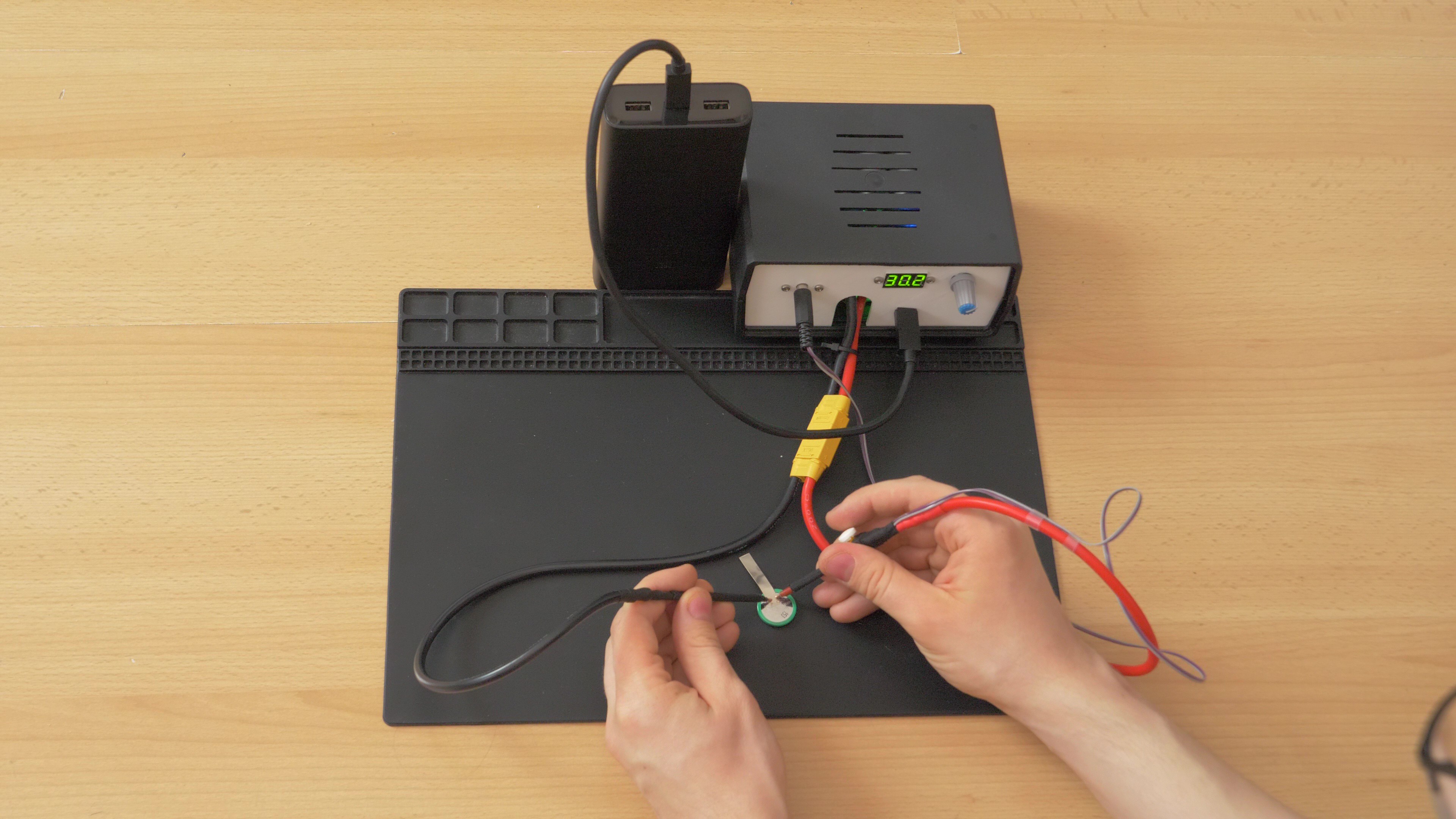
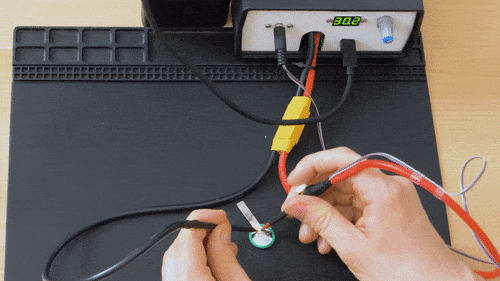
This is a close-up look on one of the first spot welds.
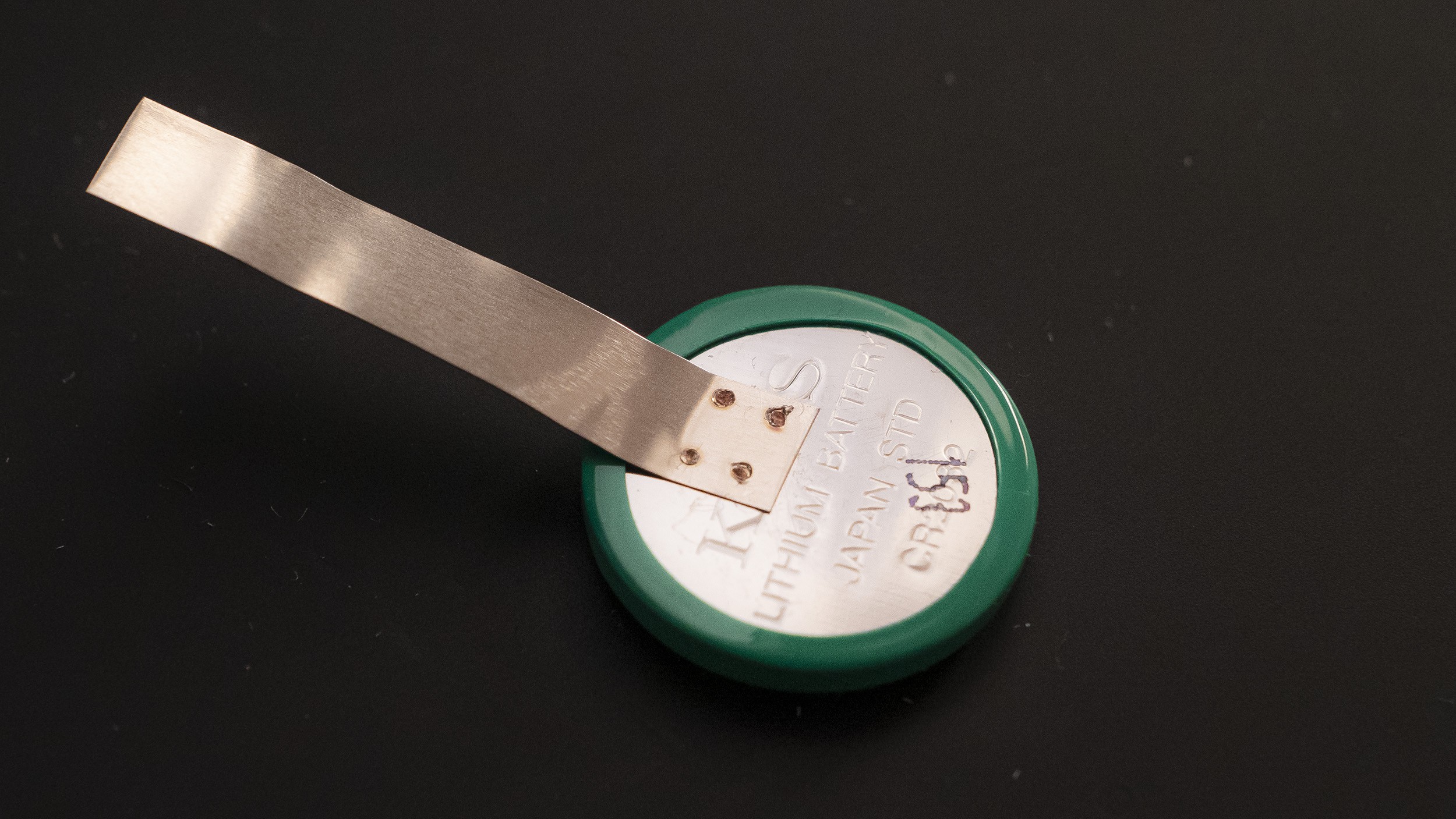
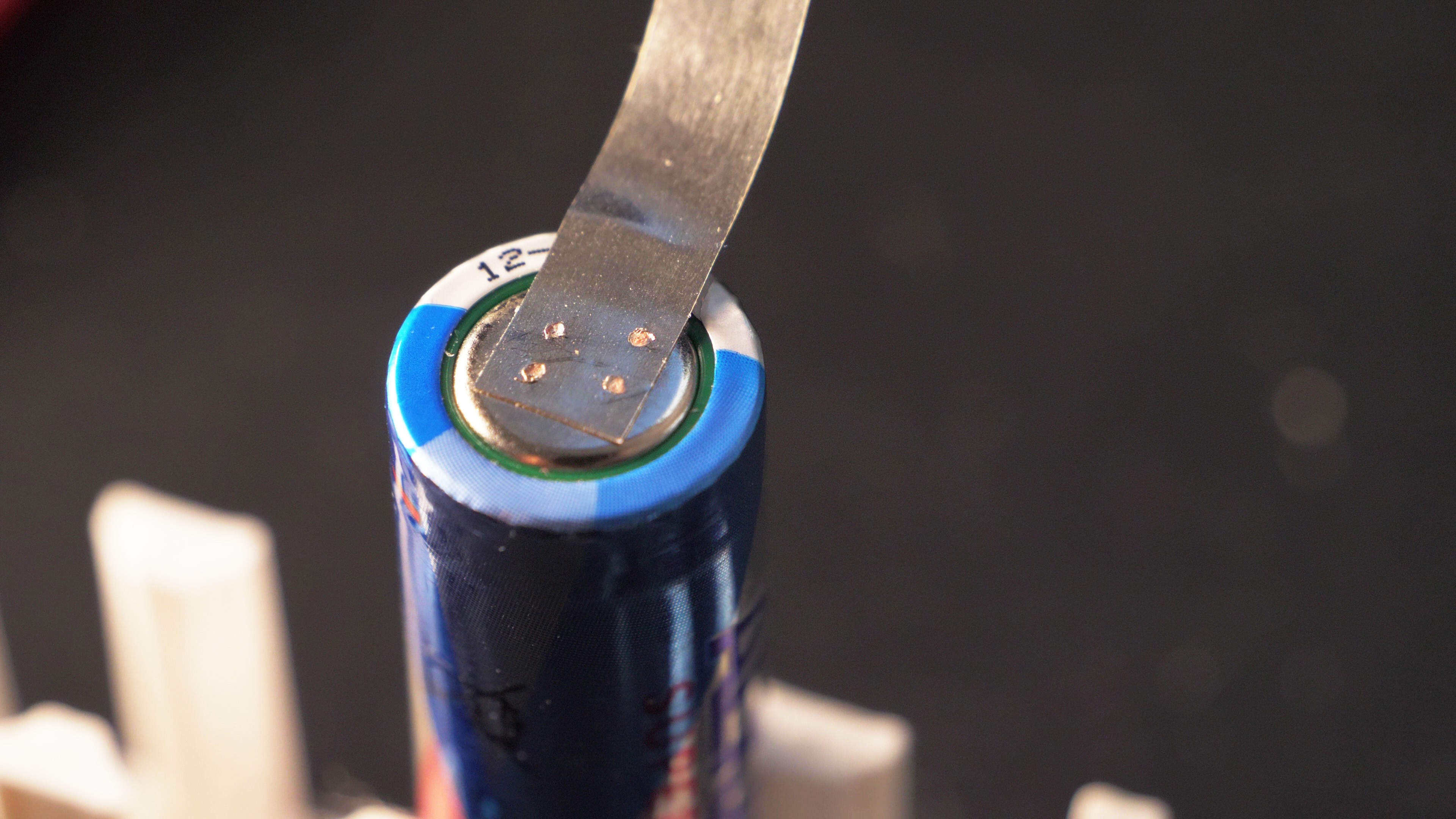
I was able to hang around 1 kg of weight (1 litre of water) on the metal strip welded to the AA test cell.
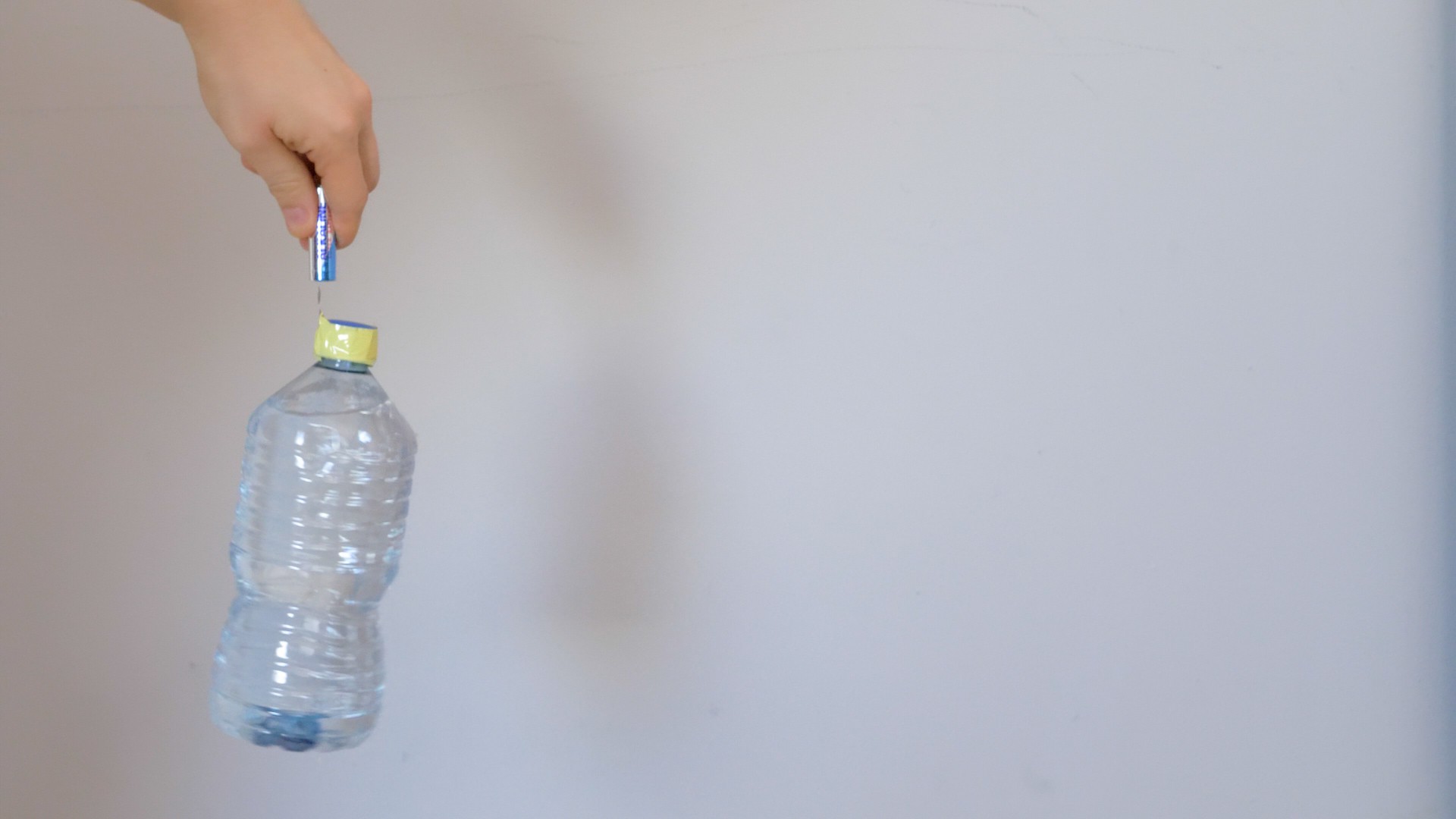
I needed pliers to remove the nickel strip from the cell. You can see that parts of nickel were torn off and there are holes left on the nickel strip, and there are also remaining bits of nickel attached to the cell. This is good, because it means that the welding was pretty strong.
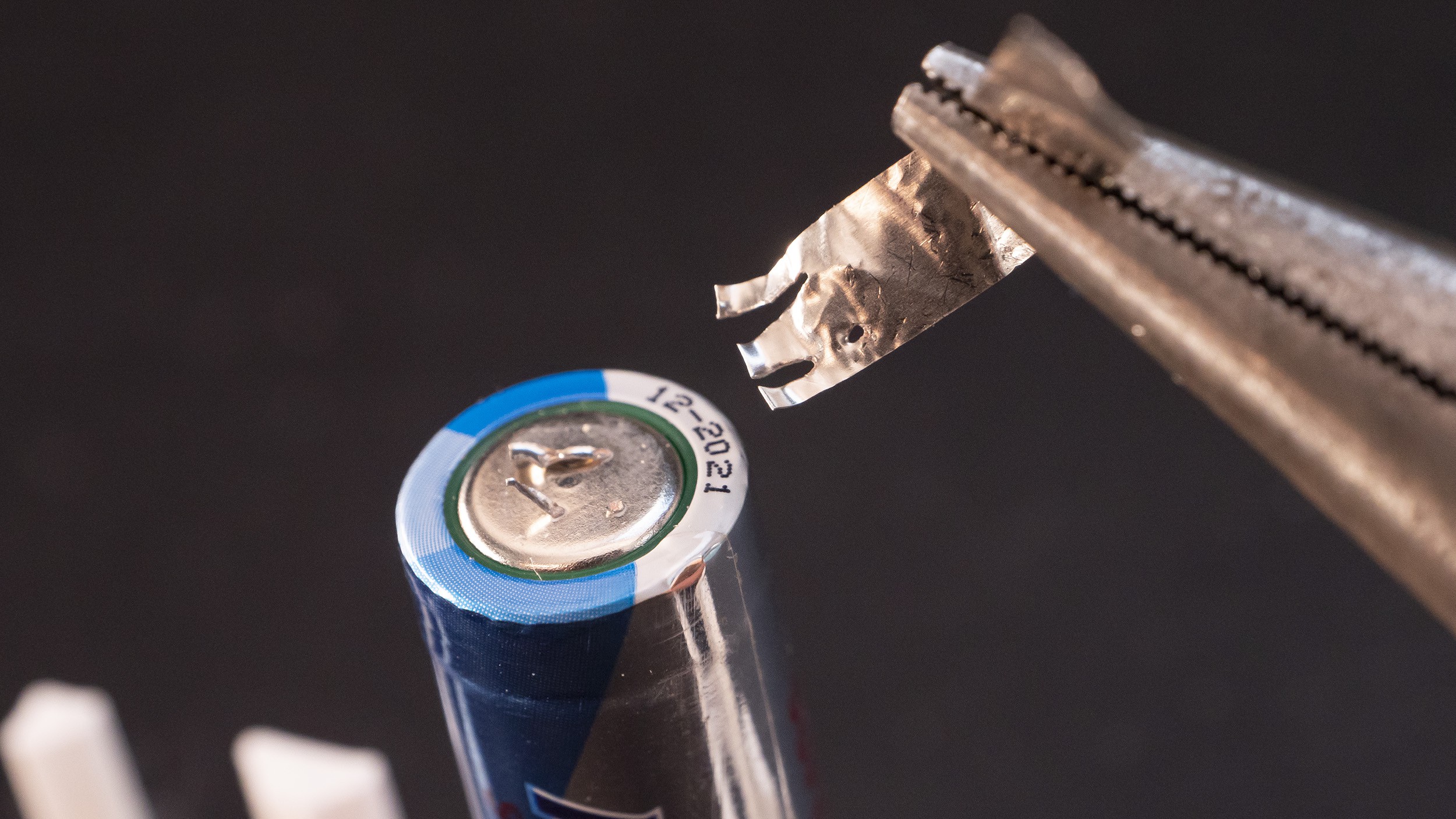
I only tested small AA and coin cells for now, because that's what I'm mostly going to use with that spot welder (rebuilding Ni-Mh battery packs for older devices), however it would probably work well with Li-ion cells too.
Discussions
Become a Hackaday.io Member
Create an account to leave a comment. Already have an account? Log In.